Stirling Castle, Scotland
This evening, I am focusing on Stirling Castle which sits atop a long-dormant dormant volcano and dominates the local landscape.
Stirling Castle and natural defences.
Overview
Stirling is a large town in central Scotland ( pop 41,000 ) about 38 miles N.W. of Edinburgh.
In course of the last 1000 years the castle has played a critical role in Scotland’s history. Strategic location has witnessed two major battles in medieval times, whilst during the renaissance period the castle housed a Royal Palace and was, effectively, the capital of Scotland for certain periods.
Landscape view of Stirling Castle
History
During the Wars of Independence (13th and 14th centuries ) the castle had a prominent strategic role in that it controlled the central plain over which invading armies (from England) had to travel in endeavour to control Scotland and as such was known as the ‘buckle in the belt’ of Scotland. This important military function is manifested in the two prominent battles which took place within a few miles of the castle, namely Stirling Bridge in 1297 and Bannockburn in 1314, both of which resulted in positive outcomes for the continuing independence of Scotland.
Central Plain of Scotland as viewed from Stirling Castle
In addition to the military function, the castle served as an important Royal Palace and housed the courts of James IV and James V. From the late 1400s to 1603 the castle was, for all practical purposes, the capital of Scotland.The infant Mary was crowned Queen of Scots in the Chapel Royal in 1543.
The Castle’s military role continued right through to the 1960s when the British Army finally marched out after which the building was transferred to civilian control and a programme of refurbishment commenced which culminated in the restoration of the former Royal Palace at a cost of GBP12.0M.
The Castle Today
The key aspects of the castle comprise:
- The Chapel Royal (1594) which was built to celebrate the baptism of Prince Henry.
- The Great Hall (16th C) with its new hammer-beam roof.
- The (newly restored) Royal Palace which was built around 1538 for Mary of Guise, the French wife of James V.
- The restored Great Kitchens.
- A professional tapestry weaving studio.
- Museum of the Argyll & Sutherland Highlanders.
The Castle is open throughout the year and ranks as one of Scotland’s top visitor attractions. Allow at least hour. Refreshments are available.
The Castle can be reached by public transport, train or bus, which will entail a walk up a steep gradient. Adjacent to the Castle is an extensive car park but this can be overwhelmed during peak summer months of July and August.
Other popular visitor attractions nearby include Doune Castle and the Wallace Monument.
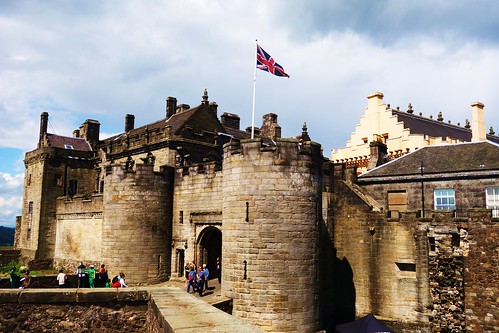
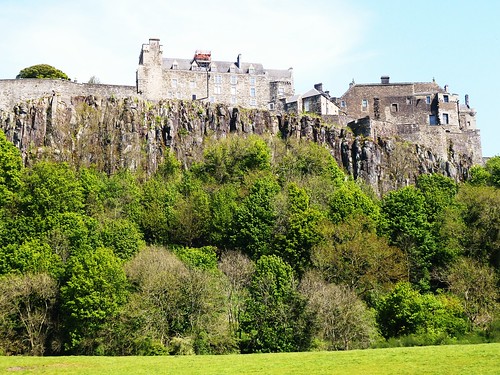

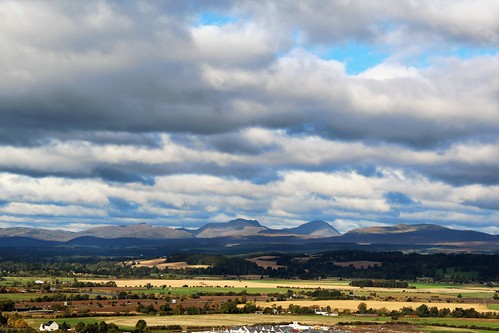
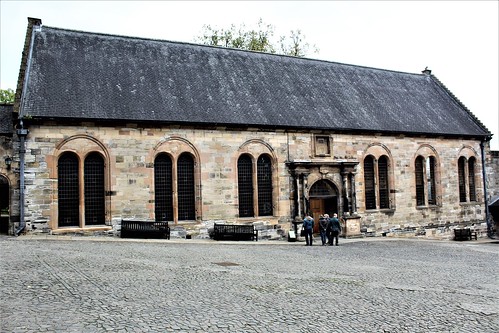

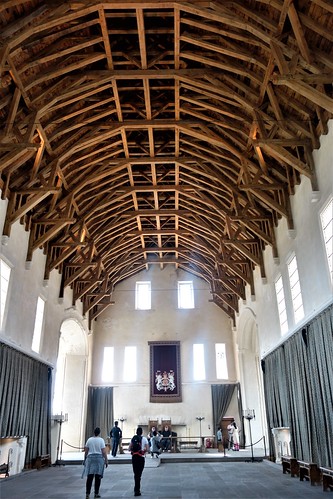


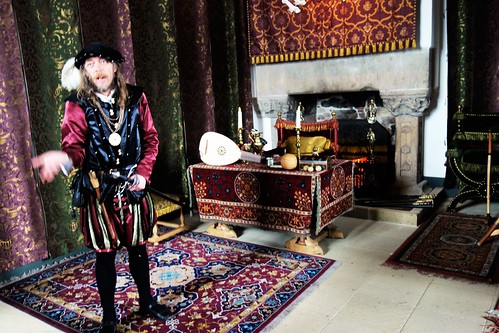


Comments
Post a Comment